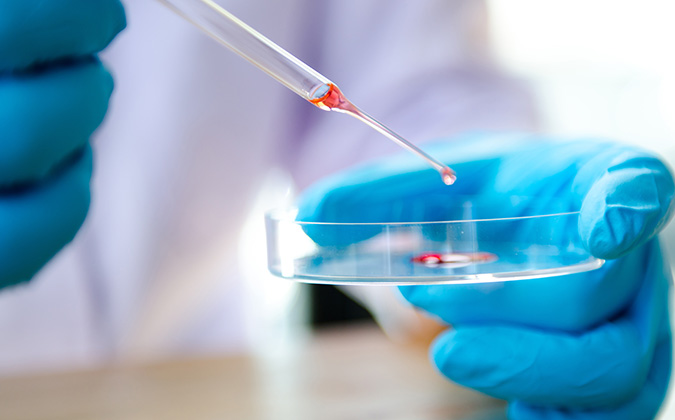
New knowledge could aid diagnosis of salmon farms’ troublesome cardiac disease
Screening plasma and kidney samples could prove a useful method to provide early diagnosis of cardiomyopathy syndrome (CMS), a common viral disease which causes mortality and welfare issues in Atlantic salmon farming.
In a challenge study led by Norwegian Veterinary Institute in collaboration with Norwegian University of Life Sciences (NMBU)1 and PHARMAQ, a viremic phase of the disease was detected 10 to 20 days post-challenge, before the appearance of cardiac lesions which are typically used for diagnosis. This early phase was detected in mid-kidney and blood plasma samples analyzed using real-time reverse transcription–polymerase chain reaction (RT-PCR) tests.
New knowledge, welfare impact
The finding may suggest that Piscine myocarditis virus (PMCV) replicates in the fish’s kidney before moving on to its target organ, the heart, the scientists said.
“At the first sampling, we found no virus in the heart, but a nice increase in levels in the plasma, followed by the mid kidney. We know the target organ is the heart, from both what we find in clinical pathology and histological lesions, but obviously, the virus infection doesn’t start there,” explained Camilla Fritsvold, DVM, PhD, from the Norwegian Veterinary Institute, who led the work.
Veterinarians in aquaculture are increasingly looking to find non-invasive and non-lethal/non-destructive methods of sampling, and finding the virus in plasma samples suggests potential for wider use of this approach.
“We didn’t find it in the blood at all time points, but at least in the early phases, that is definitely something that I would say should be more looked into. Because it’s always good for both for the cost of sampling, but also for the welfare of the fish when you don’t actually have to kill the fish to take the sample and detect the virus,” said Aase B. Mikalsen, Associate professor, PhD, from NMBU.
Information could lead to broader change
CMS has become the most important viral disease in Norwegian salmon aquaculture in recent years, but over a decade after the virus which causes the disease was discovered, there is still a lack of knowledge about how disease develops, and no currently-available treatments, Fritsvold noted. A greater range of diagnostic options is also needed.
Using samples from a clinical study, the researchers could observe how the virus infected different parts of the fish over a 52-day period post-challenge, whilst comparing different sampling and diagnostic approaches.
A newer molecular method, RNAscope® in situ hybridization, was tested as part of the research, showing higher sensitivity and improved robustness compared to immunohistochemistry, another approach tested in the work. It could prove to be a useful diagnostic tool, the team suggested.
“PMCV is a very peculiar virus and we are slightly struggling to understand how it works, because it’s not that similar to other viruses. So, we need all the information we can get from all angles to understand it, and then be able to combat it with vaccines or other interventions such as feeds or, if possible, therapeutics that can be used at the sites,” Mikalsen said.
“The results of this work are interesting in general, but also developing methods that can increase the toolbox that you have to study the virus is very good. Because the more methods you have, the more ways you can confirm your theories and your new knowledge.”
Stress is strongly linked with high mortality among salmon with CMS, Fritsvold said. Being aware of CMS as early as possible is important for producers, as it gives them a chance to act to reduce stress in fish, which can come about through factors such as high stocking levels and sea lice treatments. Awareness of the disease’s presence can also result in more conscious site management, reducing the number of stressful events and movement between different locations, as well as not sharing equipment with other sites, she added.
1 Fritsvold C, Mikalsen AB, Haugland Ø, Tartor H, Sindre H. Characterization of early phases of cardiomyopathy syndrome pathogenesis in atlantic salmon (salmo salar L.) through various diagnostic methods. J Fish Dis 2022.






